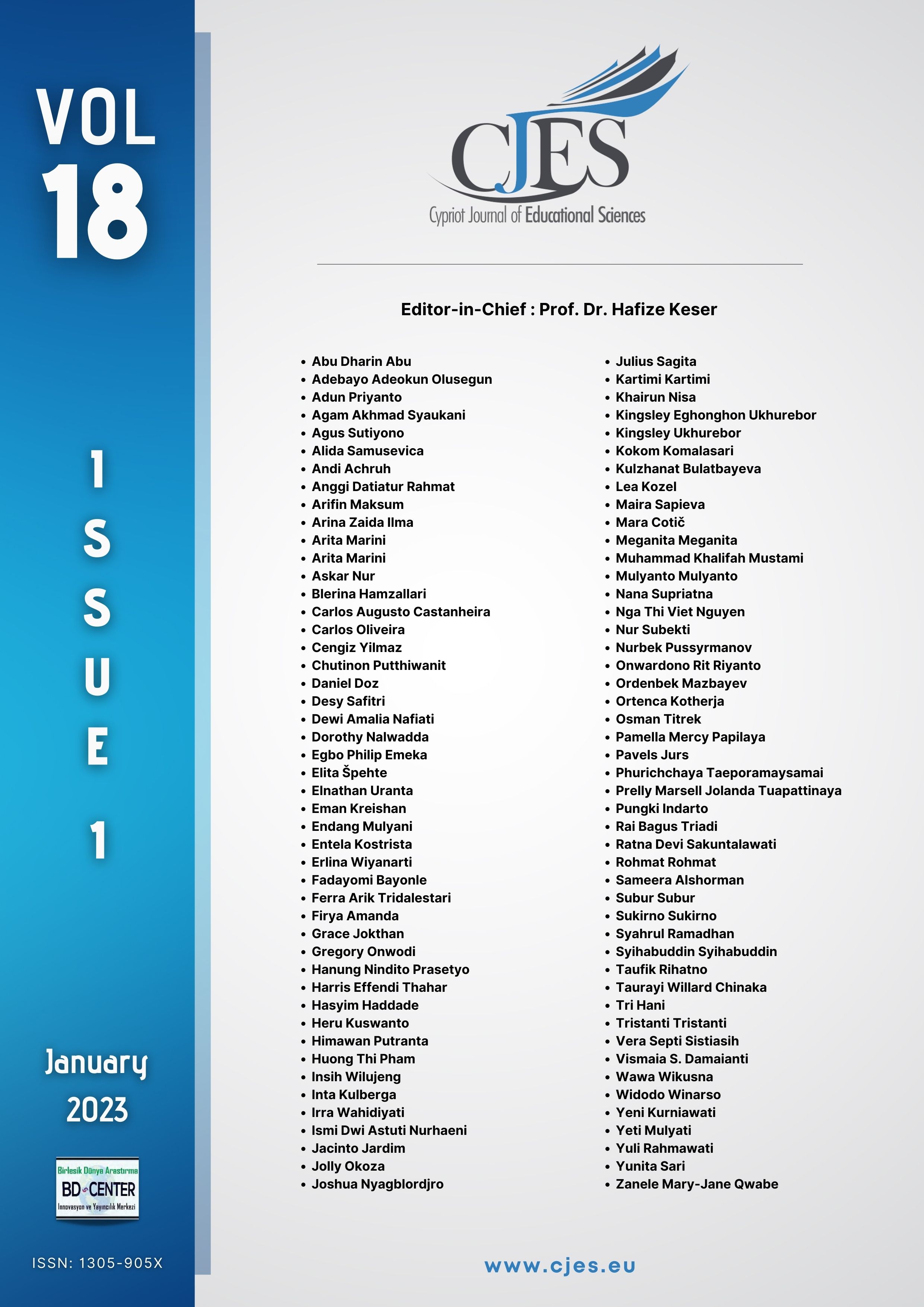Animation with Problem-Based Learning to Improve Student High Level Thinking Skills
Main Article Content
Abstract
The aim of this research is to find out the effectiveness of using interactive media based on 3D animation integrated with problem-based learning to improve high-level thinking skills in fifth-grade elementary school students. This research used quantitative method. This quasi-experimental design research used test instruments to collect the data of students' higher-order thinking skills. We conduct data analysis to analyze the differences in the experimental and control classes' learning outcomes. The hypothesis test used is the average difference test, with the t-test formula. The results show that learning effectiveness with 3D animation-based learning media with a value of sig = 0.00, which is smaller than = 0.05 meaning that the results of the posttest of the experimental class are different from the control class. It can be highlighted that the conclusion is problem-based learning integrated with interactive media effectively enhancing elementary school students' high-level thinking skills.
Downloads
Article Details

This work is licensed under a Creative Commons Attribution 4.0 International License.
Cypriot Journal of Educational Sciences is an Open Access Journal. The copyright holder is the author/s. Licensee Birlesik Dunya Yenilik Arastirma ve Yayincilik Merkezi, North Nicosia, Cyprus. All articles can be downloaded free of charge. Articles published in the Journal are Open-Access articles distributed under a CC-BY license [Attribution 4.0 International (CC BY 4.0)].
Birlesik Dunya Yenilik Arastirma ve Yayincilik Merkezi (BD-Center)is a gold open-access publisher. At the point of publication, all articles from our portfolio of journals are immediately and permanently accessible online free of charge. BD-Center articles are published under the CC-BY license [Attribution 4.0 International (CC BY 4.0)], which permits unrestricted use, distribution, and reproduction in any medium, provided the original authors and the source are credited.

